Description
Introduction: The Critical Role of Air Mattress Replacement in Hospital ICUs
Patients within a Hospital’s Intensive Care Unit (ICU) are among the most vulnerable, often immobile and at significant risk for debilitating pressure injuries (bed sores). Air Mattress systems are vital medical devices designed to combat this risk. These specialized mattresses utilize dynamic air cells that alternately inflate and deflate, or employ low-air-loss technology, to constantly redistribute pressure away from bony prominences, improve circulation, and manage skin microclimate (moisture and temperature).
The effectiveness of an Air Mattress is not indefinite. Over time, components wear out: air cells can develop leaks, pumps may become noisy or fail, control units malfunction, and the mattress cover integrity can be compromised through tears or permeability loss. Furthermore, rigorous infection control protocols necessitate deep cleaning between patients, accelerating material degradation. Using a damaged or underperforming Air Mattress drastically reduces its protective capability, putting critically ill patients at direct risk for painful, costly, and potentially life-threatening pressure ulcers – which occur in up to 25-30% of high-risk ICU patients without proper support.
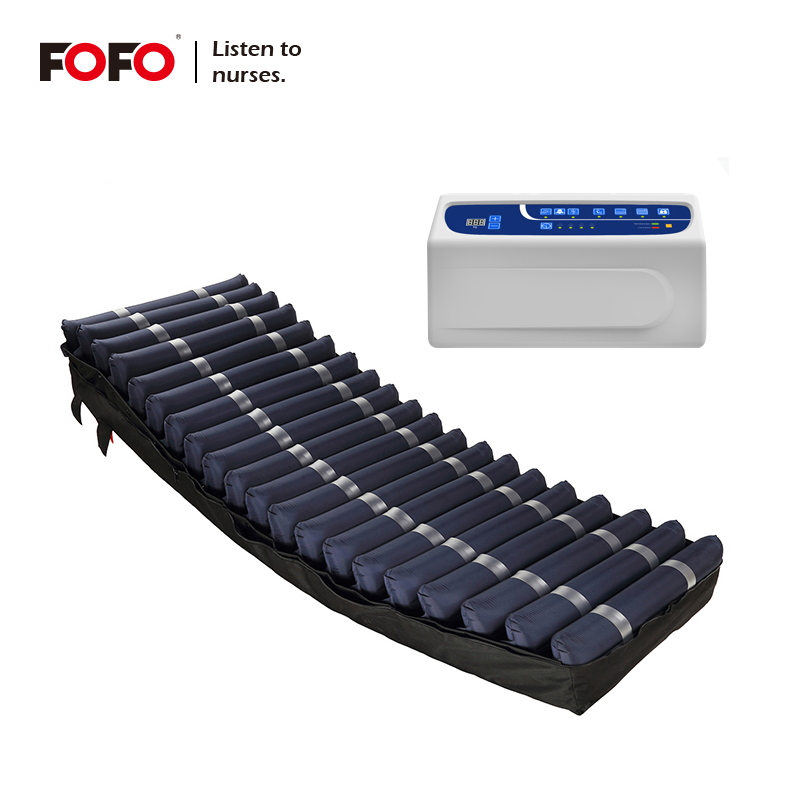
Specifications:
| Core Dimensions | Overall Dimensions (L × W × H) | 200 cm × 80–90 cm × 20.5 cm |
| Cell Height | 8″ (Full Height) | |
| Air Cell System | Number of Air Cells | 19 |
| Air Cell Material | TPU Coated | |
| Cell Replacement | Individual cells changeable (Optional) | |
| Optional Cell Shape | Rectangular Air Cells (Optional) | |
| Top Cover | Material & Features | Fire Retardant Stretch PU Top Cover |
| Seam Construction | Welding Seams | |
| Zipper Design | 4-sided Zipper | |
| Safety Features | Base Construction | Static Bottom (Safety Protection) |
| CPR Function | CPR Quick Release (Emergency) | |
| Optional CPR Mechanism | Twist CPR Valve (Optional) | |
| Comfort & Function | Pillow Function (Head Section) | Top 1-3 Air Cells |
| Ventilation Zone | Cells 4–11 | |
| Handling & Securing | Side Handles | 4 Side Handles |
| Bottom Securing Loops | 3 Pairs of Loops (Bottom) |
Advantage:
- Enhanced Safety:
Static bottom prevents sudden deflation; CPR quick-release ensures rapid emergency access. - Reduced Maintenance Costs:
Individual air cells replaceable (optional), minimizing downtime and full mattress replacement. - Optimized Patient Care:
Targeted ventilation (cells 4-11) and integrated pillow function (cells 1-3) improve comfort and skin protection. - Improved Hygiene & Durability:
Fire-retardant welded PU cover + 4-sided zipper enables thorough cleaning; TPU-coated cells resist wear. - Flexible Configuration:
Optional rectangular cells, Twist CPR valve, and cell-level customization adapt to diverse clinical needs.
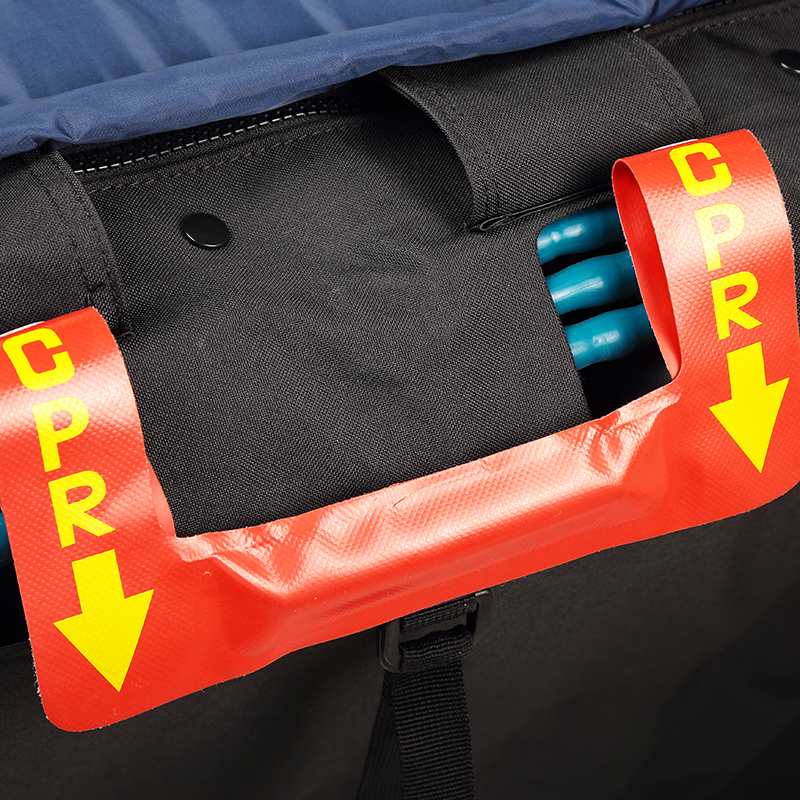

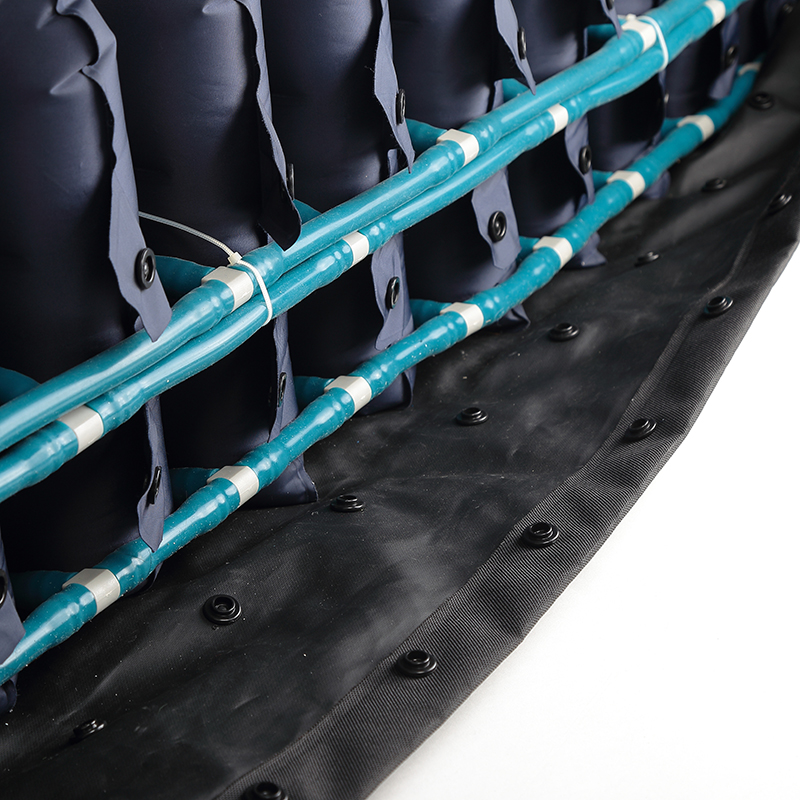
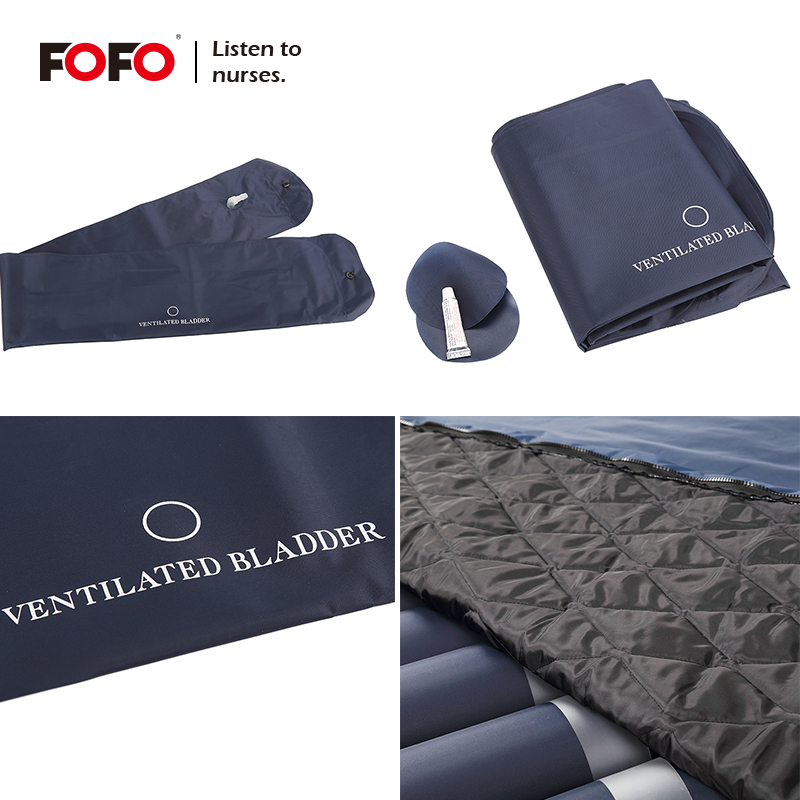

.webp)
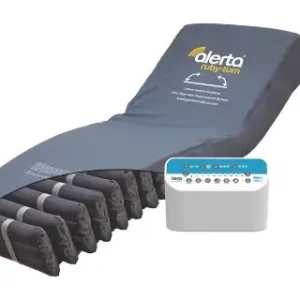
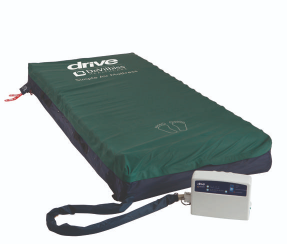
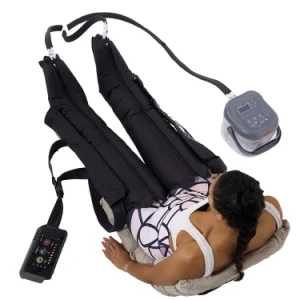
-300x300.webp)
Reviews
There are no reviews yet.